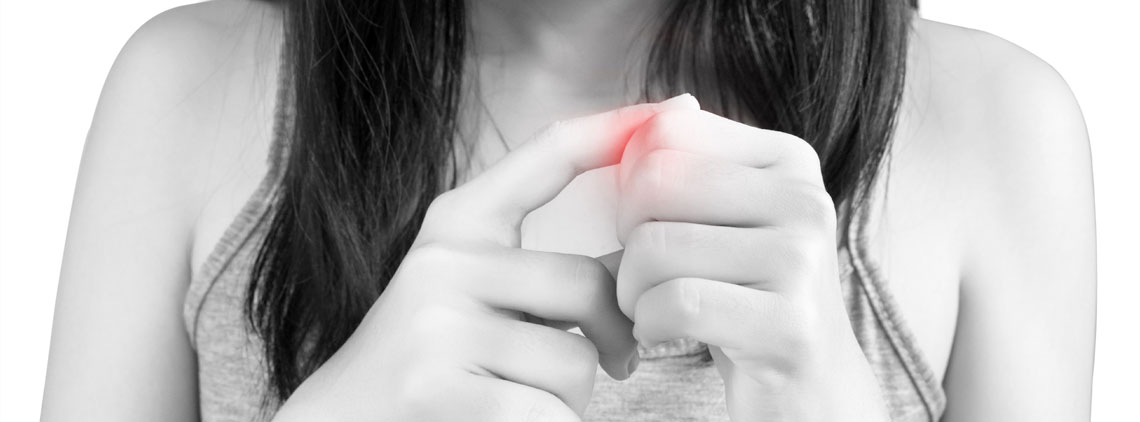
Finger Sprains
Overview
A ligament is a strong band of tissue that connects our joints. When that strong band of tissue overstretches or tears in our fingers then we experience finger sprains. Sprains are extremely common injuries often associated with athletic sports that involve catching and throwing a ball. A sprained thumb is known as a “skier’s thumb” due to those who fall holding onto a ski pole and sprain their thumb. If you sprained your finger you may have one or all of the following symptoms: pain, swelling, limited mobility, and bruising. If you tore a ligament your finger may feel unstable and you may find it is unstable. This may make it difficult for you to hold onto objects. More severe finger sprains may also experience a discolored finger and instability of the finger.
Nonsurgical Treatment Options for Finger Sprains
During your appointment with us, we will evaluate your hand and fingers. Your treatment is dependent on the severity of your injury. The most common treatment is “RICE” which stands for Rest, Ice, Compression, and Elevation. We will ask for you to not use your wrist for a minimum of 48 hours. While resting apply ice (not directly on the skin) for 20 minutes several times a day. Next, reduce the swelling in your wrist by wrapping it with a compression bandage. Finally, as you’re resting elevate your wrist higher than your heart. This is an important step, especially at night. Anti-inflammatory medication like ibuprofen or Tylenol can reduce pain and inflammation. Depending on the severity of your sprain, we may immobilize your finger with a splint. Generally, mild and moderate sprains heal within six weeks.
Prevention of Finger Sprains
You can prevent future injuries like a finger sprain by stretching before you exercise. You can also build strength in the surrounding muscles. Finally, wear any protective gear in any physical activity that’s suggested.

